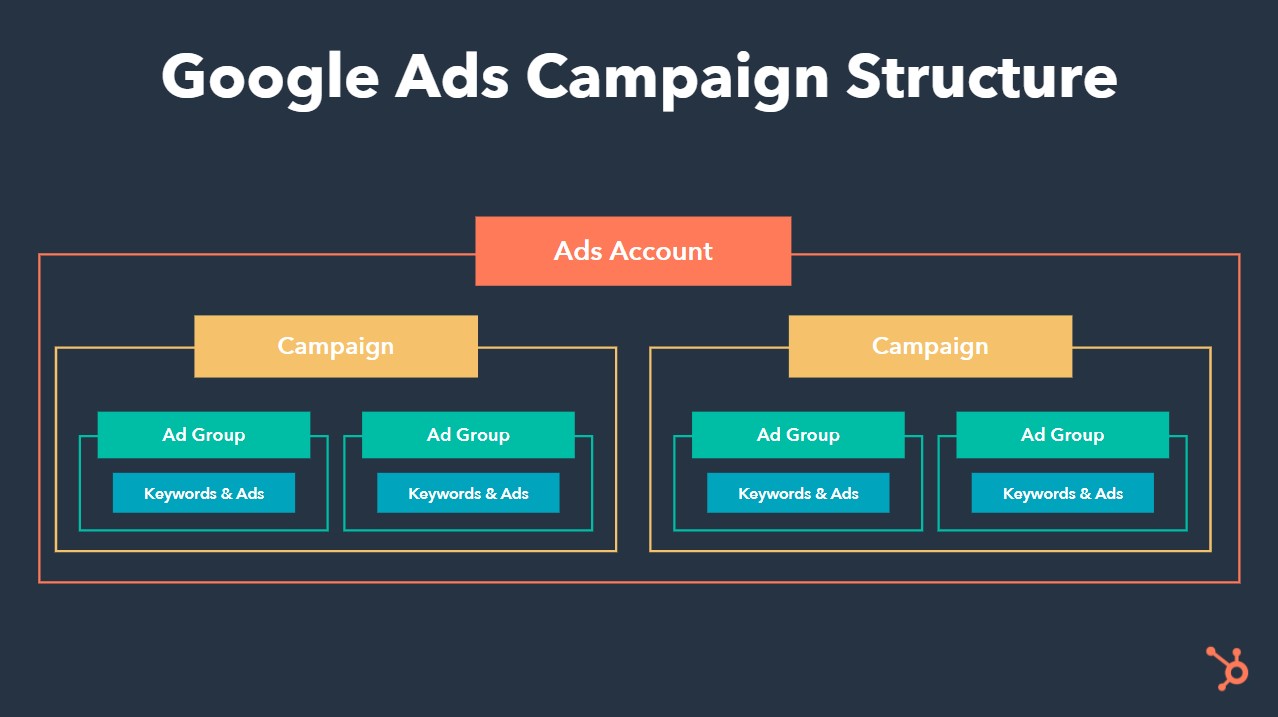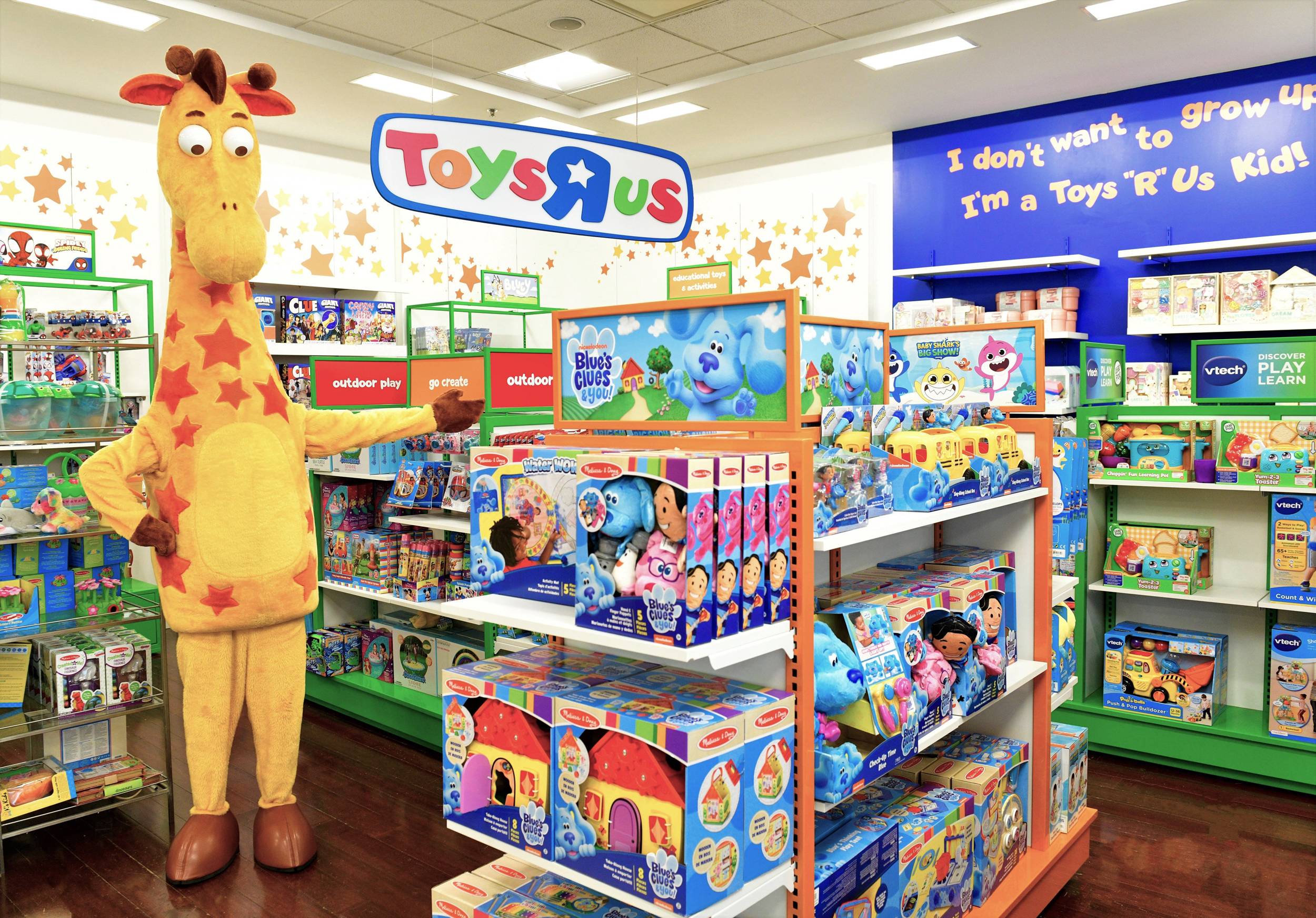
Retail is experiencing a major transformation as people leave brick-and–mortar stores in favor of technology. Online shopping is becoming a more common method of shopping for customers, but retail will always be a major business. Continue reading for the latest developments and trends in retail. You will then learn how to create an exceptional customer experience. You will be amazed at the impact that customer experience has on your bottom line.
Business model evolution in retail
One key ingredient to retail success is the ability of customers to have consistent shopping experiences through all channels. Although online shopping is increasingly popular, many customers still prefer to be able to see the products in person. The retail industry has evolved to allow retailers to use technologies such as augmented realities, interactive video 360-degree views and gestural control to offer a personalized shopping experience. These are some of the major trends driving the evolution and growth of retail. Recent studies reveal that many retail stores are undergoing a digital transformation.
Innovation is growing at an ever faster rate. It's difficult for larger companies that are not able to keep up in the changing market to keep up. To combat this, existing retailers giants will try to acquire technologically advanced companies with access to new market. These acquisitions include Staples, HiTouch, Nordstrom, BevyUp, and Walmart. Walmart, for example, bought Flipkart in 2018. These acquisitions illustrate the increasing importance of a strong business model.
Retailers need to reconsider their roles in creating value for consumers. Retailers must change their business models in order to thrive and survive in this competitive environment. The most successful ones will rethink the retail experience, developing business models that blend the physical with the virtual. They will have to adapt new technologies and redefine the roles they play in order for them to survive. The retail industry will be affected by unprecedented levels of digital disruption. This will likely shake up the status-quo. How can established retailers adapt to this digital disruption?
Retailers can make the most of fragmentation through an edge strategy. Edge strategies reduce risks and maximize impact. The edge strategy can eventually be the core of the company. Successful edge strategies must be aligned with industry trends, and include different business models. An example of possible retail "edges" are a consumer experience platform, a niche retailer's B2B infrastructure, and a trusted consumer representative. This can create an entirely new retail model.
The changing shopping habits of consumers has been influenced by rapid adoptions of new technologies. Brick-and-mortar shoppers are now being replaced by mobile-first social media buyers in the last few years. This fundamental shift of consumer behavior has driven the rapid evolution in retail. Future retail models include brick-and-clicks such as online hypermarkets and pop-up shops, as well interactive kiosks. As companies begin to implement new digital touch points, retail will become frictionless.
Brick-and Mortar stores: Evolution of the business model

Although brick-and mortar stores are unlikely to disappear anytime soon they will need to evolve their business models in order meet the demands of digital age. Traditional brick-and-mortar shops must adapt to the new standard, as low-cost giants like Amazon and eBay are rising in the retail market. The tech industry has already provided solutions to improve store value, and more brick-and-mortar retailers will adopt these technologies and develop new ones.
The retail industry has had a stable environment in 2019, which has helped with efficiency in business practices as well as growth opportunities. The rise of ecommerce has had a negative impact on physical stores. The increasing popularity of social media, the high level of consumer spending power and increased use of smartphones all contribute to this trend. In the Middle East and North Africa, alone, sales will exceed $80 billion by 2022. The result is that brick-and-mortar stores will see a decline of more than 12 percent in sales.
Moreover, brick-and-mortar stores can also take advantage of the omnichannel retail strategy. Customers can shop at multiple stores or buy products in one location. They can also choose the best method for them. This also allows retailers reduce their shipping and returns costs. To make the best business decisions, it is important to weigh the advantages of each business model. When making business decisions, it is important to consider the needs and wants of your customers.
The bricks-and mortar store model can be described as "clicks and blocks." It refers to both online and physical channels. Many popular ecommerce sites have added brick-and mortar locations. These stores are called "clicks and bricks". Warby Parker is one of the most recognizable brands that combines these business models. Bonobos and Casper are two others.
E-tailers: Business model evolution
There are various models of online retailers. E-tailers generally buy products at wholesale prices from the manufacturer and resell them at higher prices to end-customers. It is just like brick-and-mortar retail, even though the transaction takes place online. It requires the same adjustments and fixes as e-commerce merchants. E-tailers also have the ability to connect with traditional retailers.
A manufacturer may choose to start an e-commerce business by establishing a direct channel on the market. Or, the manufacturer may invite a third-party reseller, who will then compete with the E-tailer. E-tailers have the option of choosing between agency selling or reselling. Some E-tailers choose to do both.
Interesting case is the third-party marketplace model. Third-party Marketplace models are a different model from traditional retailing. They allow E-tailers the ability to both act as merchants or platform service providers. But, the research hasn't been done to date on how E-tailers could participate in these types marketplaces as merchants or platform providers. In one recent study, Abhishek et al. Two independent E-tailers were compared and the decision-making process was compared under different externalities.
E-tailers need to develop their own brand products, in addition to integrating digital marketing tools. They must make their products and services valuable to consumers and stand out from competitors. Finally, they must be able to offer competitive prices and fast delivery. For consumer loyalty, transparency is vital. In an increasingly digital world, customers have never had more choice than to shop online. The online world is a dynamic and ever-changing environment.
Creating positive customer experiences in retail

Creating positive customer experiences in retail has many benefits. Customers are more inclined to return to a company where they had a positive experience, than to one that was negative. A positive customer experience is much more cost-effective than acquiring new clients. Bad customer experiences can lead to more returns, refund requests and longer customer service calls. Good customer experiences are a great way to build customer loyalty.
Positive customer experiences are essential for any business's success. Customer satisfaction is key to brand loyalty and can also be a source of brand advocacy. Customers are the true power players in today’s highly competitive business environment. Thanks to the world wide web, they have a plethora of options and information. It is these customers who will promote your brand name through word of mouth. These are some ways to make your retail experience positive.
Customers will spend more money when they have a positive experience. The Walker study shows that 78% of shoppers are willing to pay more for a brand offering a good experience. To provide a positive customer experience, a retail store must invest in employee training and development. Giving the customer priority is key to providing a memorable experience. The same goes for the experience of the customer. It is also important for a business to offer personalized shopping experiences.
For all businesses, a seamless customer experience should be a goal. A seamless customer experience must be positive and seamless across all channels. Marketing and sales are all part of a seamless customer experience. A positive customer experience can help retailers increase their revenue and retention rates. This will increase customer satisfaction and customer loyalty. Positive customer experiences can increase the likelihood of customers referring your business to others. There are other benefits to creating a positive experience for customers in retail.
FAQ
Online shopping: Can I return clothes?
Absolutely! It is actually much easier to buy clothing online. All major retailers offer free returns. Print the label and mail it.
You will only be eligible for a refund once the item is received. You will have to return the item if you decide not to buy it.
How do I avoid being scammed when buying online?
It is crucial to be vigilant when shopping online. Before making a purchase, always read customer reviews. It is a good idea to not send sensitive financial data via email. Instead, use a secure site such as PayPal. You can be sure that your data is secure by using this site.
How do I shop smart online?
Smart shopping online means finding ways to save money without sacrificing quality. Here are some tips.
Start by shopping around. Compare prices and see which store offers the best deal.
Second, you might consider cash back apps like Ebates. They are similar to cashback program found in physical stores. You earn points depending on how much you spend when you shop through their app. You can then redeem these points for gift cards, or discounts.
Look out for promo codes. These codes are available on sites like RetailMeNot.com. Simply enter the code during checkout. Voila! Your savings will appear immediately.
Last but not least, be sure to check out the clearance sections. You can often find incredible deals on top-end brands at discounted prices.
What are the advantages and disadvantages of online shopping?
Online shopping provides many benefits for consumers as well as retailers. Online shopping has many advantages. It allows consumers to shop at their own pace. There are no restrictions on what products you can purchase because you don’t have the need to go to shops to browse. There are also some drawbacks. Online shoppers might not be able to know the exact cost of an item until they buy it. This could lead to them spending too much. A disadvantage to this is that customers might feel safer shopping at big-box stores since they are more familiar with the products in person. Additionally, customers who order something online will not be able to return their product. Online shopping could also make brick-and–mortar stores less competitive in order to keep their customers.
Statistics
- The tax is automatically added once you click the checkout button, so factor in an additional 20% when looking at the product page. (makeuseof.com)
- Last Black Friday, I bought a stove from Lowes at 40% off, receiving 24 months of interest-free financing (from Lowe's). (meetfabric.com)
- According to the Federal Trade Commission (FTC), online shopping was the fourth most common fraud category for consumers as of February 2022.5 (thebalance.com)
- Your Online Purchases 79% of Americans purchased goods and services online in 2018, which is expected to exceed 90% in 2023. (meetfabric.com)
External Links
How To
How to Shop for Groceries On a Budget
This Topic focuses on grocery shopping on a tight budget.
There are many ways you can shop for groceries without breaking the bank. Coupons, generic products, free samples, and sales at your grocery shop are all options.
The following tools would help you find these deals.
Coupons
Use coupons to save on groceries When you buy something without using coupons, you pay full price. Coupons allow you to receive discounts on certain brands or food types.
Printing a list of coupons in your region is one example. You can then go through each item and check for any coupons.
If you don't have a coupon, it may be worth looking into buying the brand name instead of generic. This could offer you more value for your money.
Check Out Sales
Also, keep an eye out for what is being sold at your local supermarket. Some stores offer discounts and other specials. Some stores will sell 1 lb bags of rice for 99c.
Before purchasing similar items, check out their prices. If an identical item is priced lower elsewhere, you might consider buying it at a different location.
You may even want to visit different supermarkets to compare their prices. This can be done by visiting multiple locations in your city.
Shop Around
When you shop around, you can often find great deals. It is important to learn how to get the best deal.
The difference between the regular price (sale price) and the sale price is essential. The sale price refers only to the reduced price. It is not always possible to get a discount price.
The actual cost of the item is what the regular price represents. It is important to compare these prices in order to determine if the deal you are receiving is worth it.
You should always compare the price of a product if it has been reduced in cost.
You can compare the original cost of a product marked down with prices from other retailers if you're interested.
You should also check the price of a product if it was initially priced higher than other products.
Take the time to read all of the fine print
Remember to read all the fine print when you shop. Often, you will only find out that something is wrong after buying the item.
You might, for example, miss shipping costs and taxes if you buy an item through a website.
Make sure you read the entire description carefully. Sometimes the description will say that the item is being sold "as is."
This means that no warranty or guarantee will be given to you. You cannot also return an item that doesn't work as expected.
Take Care When You Order Online
Be careful when placing an order online. There are many scams online.
Someone may attempt to steal your credit card number and identity. Others use fake websites to trick customers into giving up personal information.
These sites are often used by people who need sensitive information, such as passwords and social security numbers.
It's easy to be a victim of online fraudsters. If you don't trust a site, you shouldn't enter your financial information.
Verify that the website you intend to use is legit. Check the address bar to make sure there are no hidden messages directing you towards a fraudulent website.